Early Career Scientist Spotlight
Milena Crnogorcevic (she/her/hers)
High-Energy Astrophysicist
Astroparticle Physics Laboratory (661)
What science questions do you investigate?
The science topic that most intrigues me is the elusive nature of dark matter. Unlike ordinary matter (e.g., atoms, humans, stars), dark matter does not interact with light, making it particularly challenging to directly observe it. Constituting ∼27% of the Universe (compared to ∼5% for ordinary matter), grasping dark matter properties is crucial in understanding cosmic evolution. As such, I primarily focus on using the gamma-ray observations of magnificent explosions following the death of massive stars (i.e., core-collapse supernovae) to attempt indirect detection of an axion-like particle, a hypothetical particle proposed to constitute a significant portion of the dark-matter budget in the Universe.
Furthermore, I am heavily involved in the current multi-messenger efforts. The recent discoveries of gravitational waves and neutrinos in coincidence with electromagnetic radiation (i.e., light) from known astrophysical sources have opened new avenues into investigating the origin and evolution of various physical systems in the sky. Using multiple messengers in concert (i.e., information carriers: gravitational waves, neutrinos, and light), I study the observed high-energy X-ray emission (or lack thereof) from different gravitational wave sources using the Swift Burst Alert Telescope (BAT). Using the data collected with a neutrino observatory stationed in Antarctica, IceCube, I also investigate the coincident neutrino and gamma-ray emission from unresolved Fermi Large Area Telescope (LAT) sources.
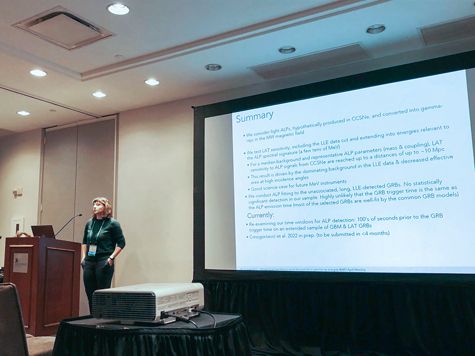
Credit: Michela Negro
Did you always know that you wanted to be a high-energy astrophysicist?
Absolutely not! From my previous response you may infer that I have a wide range of research interests – even now, within the field of high-energy astrophysics -- and that, spot-on, describes who I am as a scientist. I do not have a story of looking at the night sky and falling in love with its beauty. Instead, my interest in astronomy developed through semesters of taking classes and doing research.
My story as a scientist starts as early as a four-year old. I credit my inquisitive nature to my mathematician dad who, during my childhood tainted by the turbulent war times in the Balkans, brought the joy and excitement of math puzzles and problem solving to me. I spent much of my time in primary and high school participating in various math competitions. And that excitement of solving a problem stayed with me to this day. As an undergraduate, I conducted research in several different fields (both math and physics), including graph theory, quantum field theory, and galaxy evolution using infrared and optical observations. Coming to graduate school, I used the first year to explore different questions and found that high-energy astrophysics has an abundance of puzzling questions that excited me.
However, my decision to join my current research group was not entirely driven by my scientific interests. I was very intentional in ensuring that my research environment is supportive and willing to advocate for me in cases in which I feel vulnerable to do so myself as a student. Having extraordinary scientists who understand the issues permeating the academic culture and who choose to be actively involved in solving them was an important part in deciding which research direction I wanted to pursue.
How did you end up working at NASA Goddard?
The Department of Astronomy at the University of Maryland has a seminar series specifically organized for the first-year graduate students in which numerous scientists, from inside and outside the department, come to present their research opportunities. My advisor, Dr. Regina Caputo, gave an exciting presentation on behalf of the Fermi LAT group at Goddard. I was intrigued by some of the projects addressing very fundamental questions that we are yet to understand (e.g., the nature of dark matter), so I reached out to Dr. Caputo to inquire about research opportunities. She offered a number of structured, short-term, projects for me to explore before committing to the group, which, as a newbie in the field, I truly appreciated. In addition to Dr. Caputo’s expertise and a compatible mentoring style, I was drawn by an easy access to additional resources and experts in a number of fields at Goddard; if I wanted to explore other fields, chances are there is an expert in that field at Goddard. As such, my decision to work at Goddard followed. (And Dr. Caputo may or may not have bribed me with bringing an amazing LEGO rendition of the Fermi observatory in her presentation.)
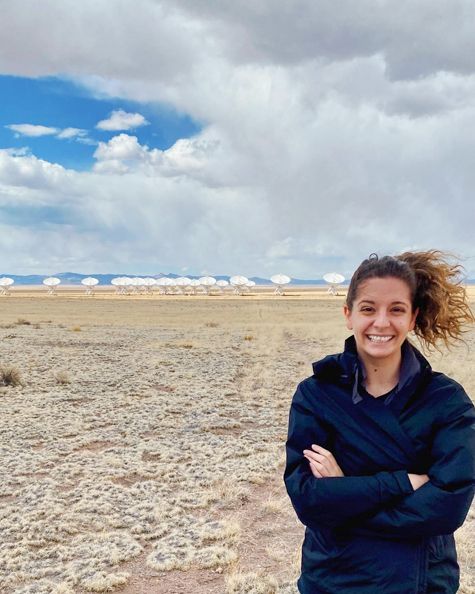
Credit: Tomás Ahumada
What is one of your favorite moments in your career so far?
In my research career, I have yet to arrive at a groundbreaking discovery. Currently, my favorite moments are a collection of small victories: publishing my first paper, developing a code to be used by the astronomy community, giving my first invited talk, teaching my first class, organizing my first workshop. On the community scale, my most exciting moment was the coincident detection of gravitational waves and their electromagnetic counterparts from a neutron-star merger in 2017. A community of more than a thousand scientists from all spheres of STEM worked together on an accomplishment that opened the doors to a completely new way to learn about the Universe, and I am very excited that I get to be a part of that community now and in the future.
What are your future research interests and goals?
This coming fall, I will be applying to postdoctoral positions, with a hope of continuing my research using the high-energy observations of compact objects, either with the goal of indirect dark matter searches or characterizing the gamma-ray emission from gravitational-wave detections. Through building my skill set in studying astrophysical data in various wavelengths and messengers and working within multiple scientific collaborations, I am prepared to substantially contribute to the understanding of dark matter and extreme processes occurring in the high-energy Universe.
As of now, my dream job would be a professor position at a liberal arts institution (similar to my undergraduate institution) where I will be able to dedicate my time to intentional development of classes and curricula, as well as conduct research on a high level.
What keeps you inspired by your work?
My graduate school experience has had many ups, but also many downs. It is hard to appreciate the big-picture question you initially posed when, for example, you have spent the last three months trying to figure out a bug in your code. Having been molded by an academic culture that celebrates perfectionism, I often harshly criticize my own mistakes, develop a strong sense of guilt when taking longer than expected to finish a task, or am reluctant to ask for help. There were mornings when I would sit at my desk and think to myself “uh, not this again: yet another day of WHAT IS WRONG WITH THIS CODE” and end the day without having figured out anything. As someone who has been instilled with perfectionist values throughout her entire life, these moments continue to be very hard to handle. So, what do I do then?
Indeed, my curiosity drove my choice to undertake several different projects concurrently. In addition to learning about a number of different subjects, this also brings another perk: once my mind becomes saturated with a problem and I am at loss of new ideas, I have the option to switch to another project and have fun! Making progress in other projects instills confidence and reminds me that I can do science.
For me, another source of inspiration is other scientists’ excitement (inside and outside my research group). I truly enjoy listening to experts talk about their research, learning about subjects not directly related to my research questions, and thinking of ways in which I can apply my newly acquired knowledge to my research. Not only that---learning about other people’s work expands upon my research network and opens the door for new collaborations. New contacts bring new ideas, but also potentially bring new research support systems.
Finally, I love the process of resolving a problem and am absolutely overjoyed when I solve a puzzle, be it a code bug, scientific question, or a math problem. When I am stuck, I remind myself of how overpowering the joy of figuring things out is, and that keeps me inspired.
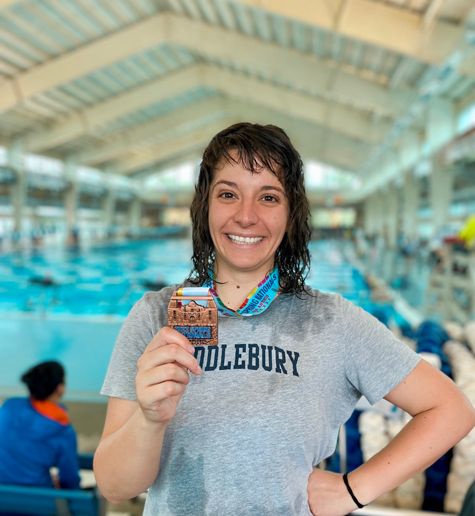
Credit: Courtney Randolph
What do you like to do in your free time?
One of the most valuable pieces of advice I received when starting graduate school was to come up with a list of “non-negotiables” --- time blocks in my schedule that are unaffected by how busy and hard things get. For me, those blocks are reserved for swimming. In my third year, I joined a local US Masters Swimming team (Terrapin Masters). In addition to a valuable daily exercise and doing a sport that I enjoy, I also became part of a community that welcomed me with open arms and became a source of stability during graduate school. The recreational and competitive outlet that swimming provides has been central to my well-being and a refuge sorely needed. My teammates and coach have likewise been a source of support: for example, just last month, my team and I competed in the San Antonio Nationals. When I reached my goal time in one of the races, the cheers from my seven teammates were so enthusiastic that they drowned out the rest of the crowd counting hundreds of swimmers and volunteers. In addition to swimming, my interests include: reading on the metro, NYT crossword puzzles, Wordle, languages, amateur photography, drawing, getting lost in D.C., baking bread, and watching the Great British Bake Off on repeat.
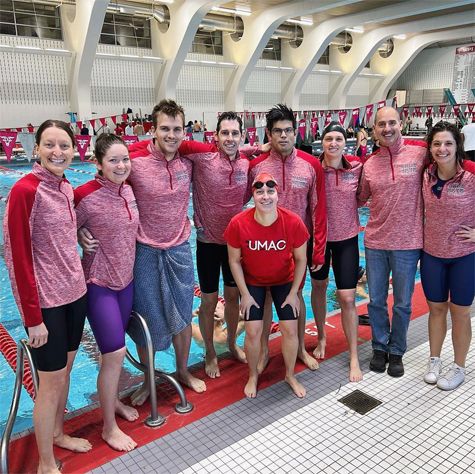
Credit: unknown
Biography
Home Town:
Herceg-Novi, Montenegro
Undergraduate Degree:
B.A. in Physics and Mathematics, Middlebury College, Middlebury, VT
Post-graduate Degrees:
M.Sc. in Astronomy, University of Maryland, College Park, MD
Currently a Ph.D candidate at the Department of Astronomy, University of Maryland, College Park, MD
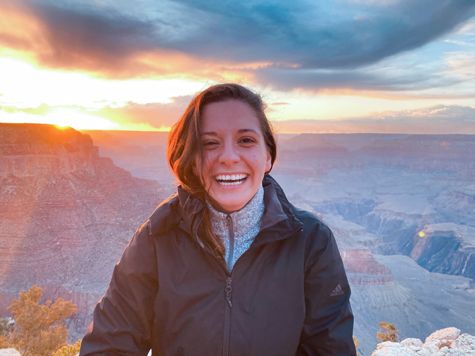
Link to Ms. Crnogorcevic's GSFC Bio
